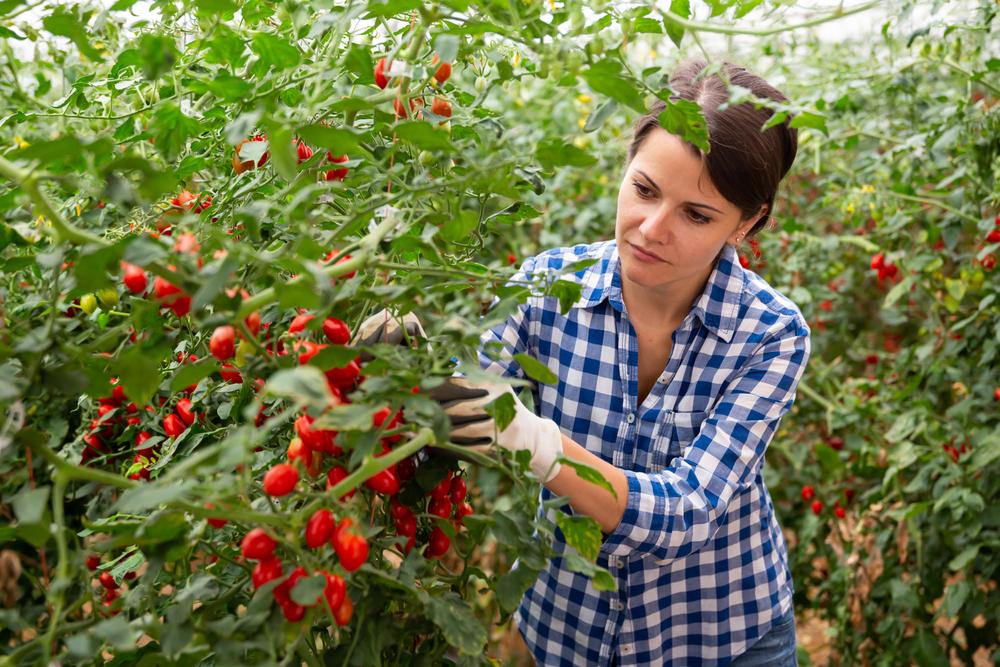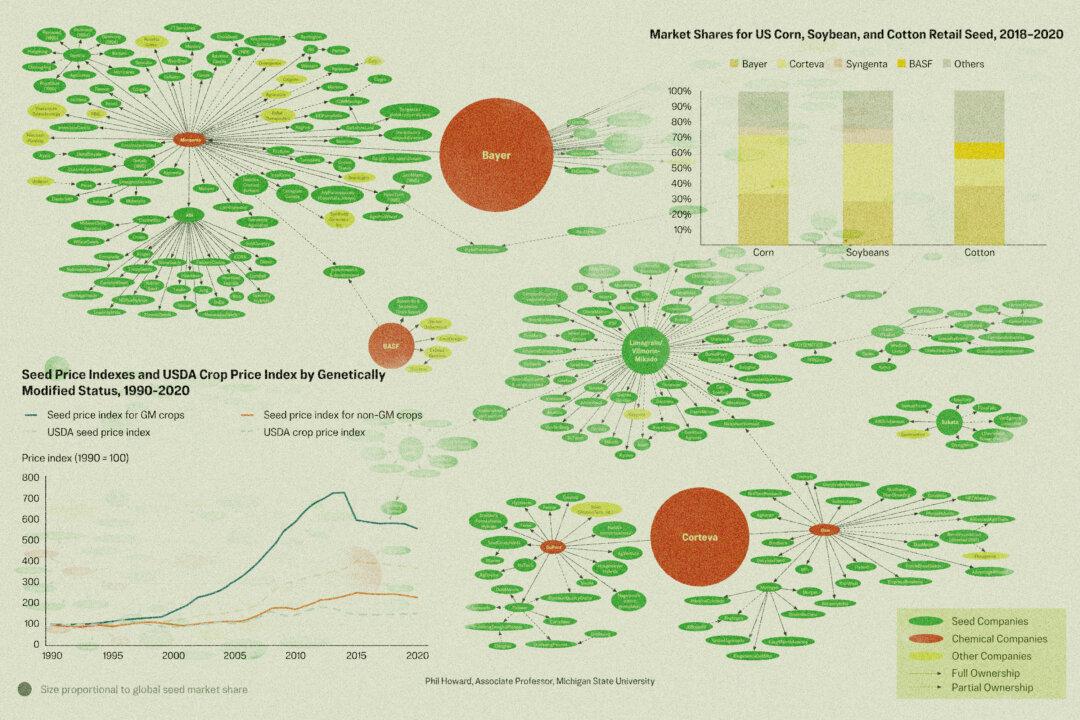While residents gather seeds and supplies and head out to their backyards this spring, many are expanding permaculture efforts, despite the rising cost of things such as fertilizer.
Insights from an Axiom market report on gardening trends for 2022 show that 62 percent of Americans plan to cultivate more edible plants on their property this season.





